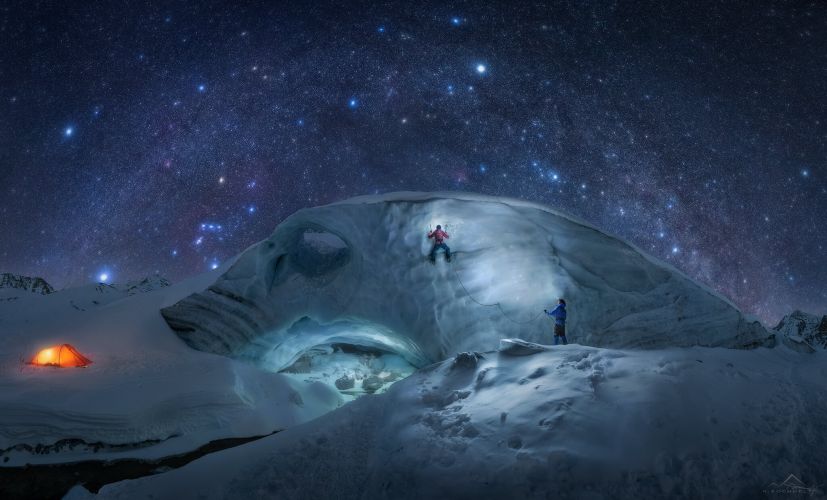
This year’s list from Capture the Atlas includes images taken around the world in countries like Namibia, New Zealand, Chile, Spain, United States, Australia, Antarctica, and others by 25 photographers of 14 different nationalities.

Although the Milky Way during the winter and early spring is often ignored in Astro-landscape photography, I really love the bright stars (some of the brightest of the night sky), colorful constellations, and fainter elements of this part of our galaxy when the galactic core is beneath the horizon.
[Related Reading: The Best Time To See The Milky Way Is Coming Soon!]
The quality of the image, the story behind the shot, and overall the inspiration that the photograph can draw are the main factors for selecting the images every year. The article doesn’t only help other photographers who want to photograph the Milky Way, but also bring our universe closer so everyone can learn and discover the magic of our galaxy.
Even though the Milky Way can be photographed throughout the year, the Galactic Center, which is the Milky Way core and the area with more interest, is only visible during the commonly known as “Milky Way season”. This season ranges from late March to early October in most of our planet and the peak with more hours of visibility takes place in June.

The idea of shooting an old monastery under the Milky Way in the Spanish mountains was just hanging around my head for months.
I was fascinated by the idea of planning this image; having the Milky Way arch above the ancient and lonely bell tower. The monastery was an Augustinian convent founded in 1504 and called the “Monastery of Our Lady of the Crag”. A few hundred miles drive followed by a long walk and a challenging climb and bushwhack ended in this beautiful and magical place where I could capture our galaxy arch.
Besides the timing, the other fundamental requirement to see the Milky Way is dark skies away from light pollution, something more and more difficult to find nowadays in the most populated areas of our planet.
Dan Zafra, editor of Capture the Atlas, (a travel and photography blog that helps others plan their trips and improve their photography. Their main focus is landscape and night photography, and their articles mainly cover photography guides, tips, and inspiration.), curates these photos throughout the year looking not only for images taken by some of the most renowned astrophotographers, but he also looks for new talents and for new locations where the Milky Way hasn’t been photographed before, like in this year’s edition Antarctica image.
[Related Reading: Photographing The Milky Way Workshop]
More Of the Winning & Inspiring Milky Way Images
You can learn more about these images and their photographers on the Capture The Atlas site here
*Images shared with permission





















Get Connected!